The Best Science Photos of the Week - Feb. 11, 2012
Spaghetti Fields, Worlds in a Droplet, Sexy Snakes, and more ...
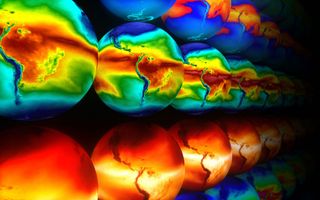
Check out the week in science images, from a black hole snacking on asteroids and Etnas dramatic show to dainty droplets holding other worlds.
Snakes on Estrogen
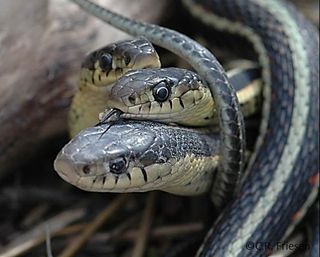
Give a male garter snake a taste of estrogen and watch out, as the hormone turns these lads into the sexiest thing on the block, attracting dozens of other males eager to mate, according to a study announced this week. []
Worlds in a Droplet

Markus Reugels can capture the world in a drop of water, not to mention Venus, Mars and the moon. Reugels is a floor installer and hobbyist photographer in Marktsteinach, Germany, but "hobby" doesn't begin to convey the beauty and precision of his photographs of images reflected in tiny, perfect globes of water. []
Dreamy Cream
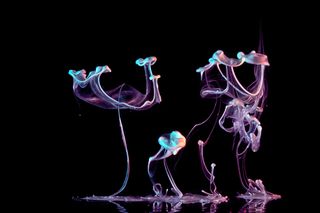
Another, simpler, photographic technique involves dripping milk or cream into water to create dreamy images like this one. []
Tangled Fields
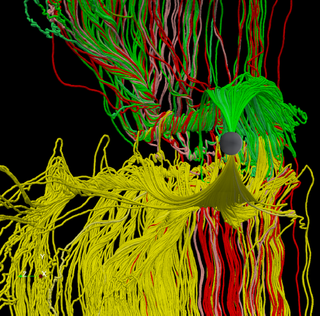
This image, released this week, shows a computer simulation of the complex and crazy magnetic fields that make up Earth's magnetosphere. The magnetosphere is the result of the interaction of charged particles from the sun and the magnetic field that surrounds the planet. When solar storms send particles flowing toward Earth, the result can be stunning space weather — the kind that creates beautiful auroras but also can disrupt satellites, telecommunications and electrical power grids. Researchers at Oak Ridge National Laboratory in Tennessee are trying to understand how these storms work in order to better predict how storms on the sun will influence life on our planet. []
Shhhh ... Carina's Secrets Revealed
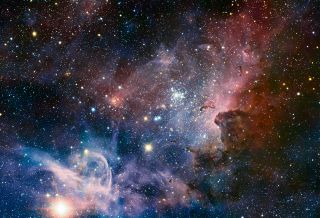
The most detailed image yet of the well-known Carina nebula has been caught by a European telescope, unveiling previously hidden features of an exquisite star nursery. The photo was taken on Feb. 8, 2012, by a camera onboard the European Southern Observatory's Very Large Telescope. []
Psychedelic Orbs

This image, published this week on LiveScience, shows a series of simulations of the distribution of water vapor in the Earth's climate system. Each globe shows the simulated monthly average distribution of the world's total water vapor. []
Sign up for the Live Science daily newsletter now
Get the world’s most fascinating discoveries delivered straight to your inbox.
Underwater Photo Contest Kicks Off
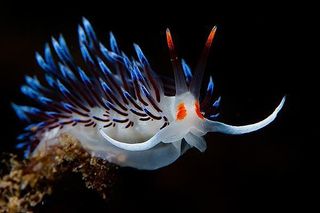
The University of Miami's Rosenstiel School of Marine & Atmospheric Science announced this week they are now accepting entries for its annual underwater-photo contest, which offers up some tempting prizes. Shown here, a photo of a bright nudibranch, one of the 2011 contest winners. []
Hungry, Hungry Black Hole
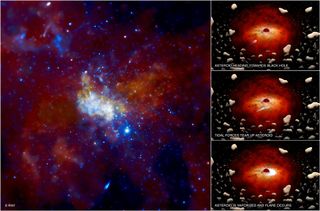
The gigantic black hole at the heart of our Milky Way galaxy may be devouring asteroids on a daily basis, a new study out this week suggests.
This image from NASA's Chandra X-ray Observatory shows the center of our galaxy, which hosts a supermassive black hole known as Sagittarius A* (Sgr A* for short). Chandra has detected X-ray flares about once a day from Sgr A*; they may result from the black hole gobbling up asteroids, as the artist's concept on the right depicts. []
Twisted Galaxy Spotted
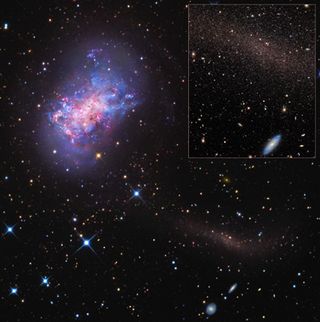
Etna Puts on a Show

The on-again, off-again eruptions atop Sicily's Mount Etna put on quite an explosive show overnight on Feb. 9.
After more than 12 days of moderate strombolian activity — a kind of mid-level eruption— the New South-East Crater of Mount Etna produced a new paroxysmal eruptive episode (see the video below) in the early morning hours, according to Italy's INGV-Osservatrio Etneo, which monitors the volcano. []












